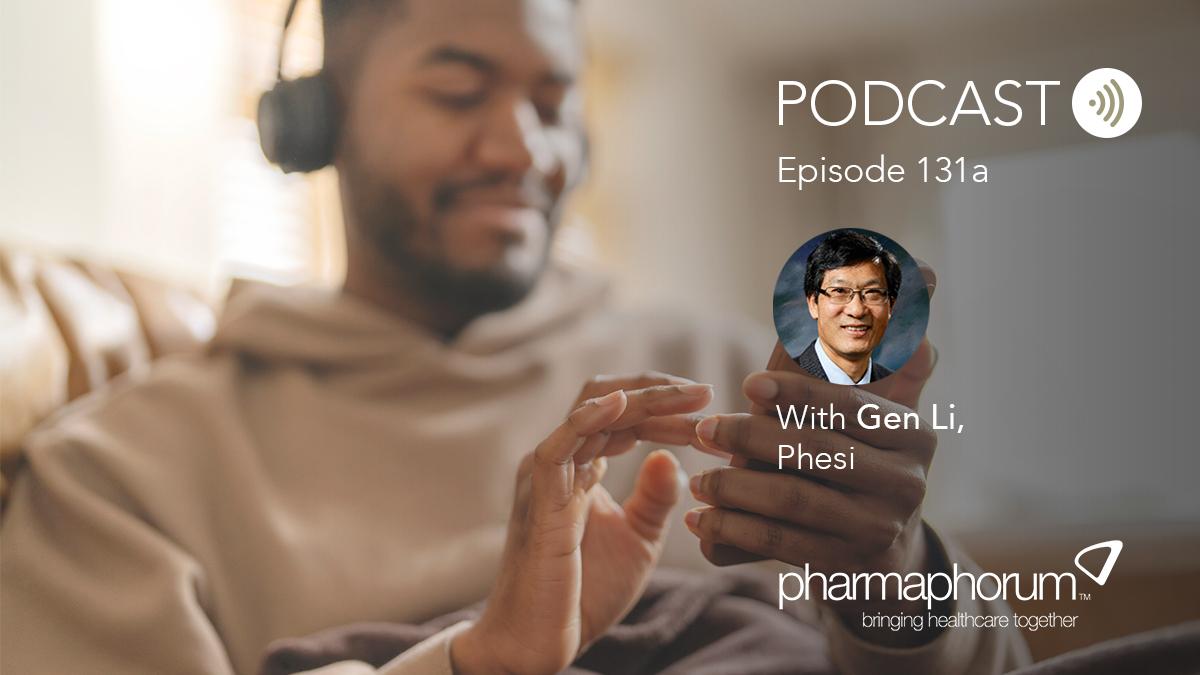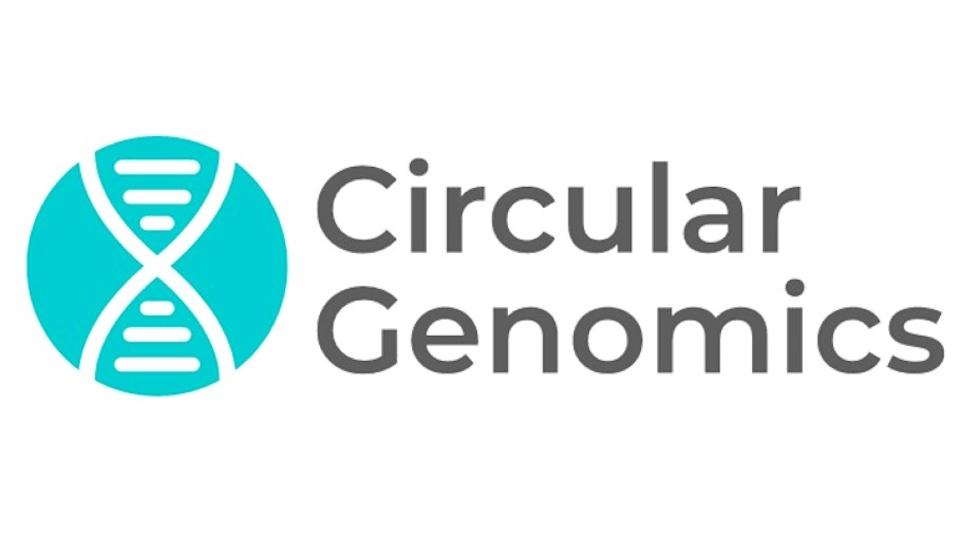The back to basics series: part 2 – perception versus reality, a tale in three acts

Fard Johnmar
Enspektos
In part two of his ‘back to basics’ series, Fard Johnmar questions reality versus perception, and its importance to digital health strategists. Fard looks at how physicians react to social media, as well as exploring some of the challenges faced with collecting un-biased results from surveys.
If a tree falls in the forest and no one is there to see it, does it make a sound?
At first blush, the answer to this philosophical and scientific question may seem obvious. But, there are many deep thinkers in the theoretical physics community who believe the answer is far from a simple “yes”. Based on what we know about the weird world of quantum mechanics, reality may only be a matter of perception.
The question of reality versus perception is also of critical importance to digital health strategists. What do we really know about how people consume health content online? Can surveys be trusted in this digital age?
 ,
"The question of reality versus perception is also of critical importance to digital health strategists."
 ,
In this instalment of the Back to Basics series, I examine the perception – reality gap by telling a tale in three acts. Data analysis and interpretation is a critical skill that all health marketing and communications professionals must master. I’m hoping this story will improve your ability to evaluate and utilize digital health market research.
Act I: Is much of the digital health market research we rely upon inaccurate?
Each year, Kantar Media, a market research firm, publishes a major study focusing on how people are using digital technologies (social, mobile, web) for health. To conduct its MARS Online Behavior Study, Kantar mails out paper surveys to more than 5,700 people across the U.S. These study instruments are mailed back to Kantar for analysis.
One of the major problems with survey research is the potential for recall bias. This refers to the inaccuracies that crop up when people are asked to report what they did in the past. Kantar is well aware of this problem, which is why the firm conducted a separate study to determine whether there were differences in what people said versus what they did.
 ,
"One of the major problems with survey research is the potential for recall bias."
 ,
Kantar’s results were surprising. In one part of the paper survey, respondents were asked to write down which health / wellness sites they visit on a regular basis. To evaluate the accuracy of these responses, Kantar accessed data collected via passive observation of a majority of survey participants’ online activities. In an analysis of the study results, Kantar noted:
“The test results [significantly differ] between passively observed data and respondent recall. . . . Respondents select websites which are familiar as sources of health and wellness information, but which they either do not actually visit or visit regularly enough to validate with passive observations. At the same time, respondents do not select other websites for which the results show passive observations and are carriers of health-related advertising because respondents do not perceive such websites as places they would turn to for serious health and wellness research.”
In other words, what people said was a lot different than what they did.
The results of this study might disturb anyone relying on survey data to understand how people are consuming and using digital health technologies. Is much of the data being collected on this topic inaccurate? I don’t think so. I believe it all comes down to the level of detail:
• Ask someone to report on general media habits such as devices used or general searches for online health content and the risk of recall bias may be low
• Ask people to write down a set of websites or social networks visited and recall bias risk significantly increases
Act II: Facebook ads don’t work – wait they do
Unless you’ve been living under a rock, you know the story about Facebook’s IPO. Pre-IPO, the numbers looked fantastic. Post IPO, things aren’t looking so great. A major reason Facebook’s stock is sliding is uncertainty about whether advertising on the site is effective. Questions were being raised about this issue pre-IPO, but faith in Facebook’s paid media effectiveness took another hit when Greenlight Digital released a report in May 2012 indicating that 44% of survey respondents would never click on a paid ad displayed within the social network.
However, closely analyzing actual consumer digital behavior reveals that there’s more to this story. Greenlight examined behavioral analytics (click patterns) from client advertising campaigns and found that ‘Sponsored Stories’ – ads that look like status updates or are connected to social actions such as ‘Likes’ – have the highest engagement and click through rates. So, it turns out that ads do work on Facebook – if one uses the appropriate format.
Act III: Physicians don’t trust social media content – until they read it
There’s been a lot of research conducted in recent years on how physicians are utilizing social media channels. For example, according to a 2011 QuantiaMD survey, 65% of physician respondents report using social media for professional purposes.
 ,
"One of health marketers’ most important tasks is to understand how to collect and interpret data."
 ,
While some physicians may be using social media, many are still skeptical about the quality of medical content distributed socially. According to research1 conducted late last year, only 10% of physicians rated medical information featured on social networks as “high” or “very high” credibility.
However, when physicians actually read content posted on social networks, blogs and social sites they changed their minds. Doctors participating in the survey portion agreed to have their online activities tracked. When they encountered health and medical content on a range of topics, including Victoza and HPV, they immediately assessed the credibility of this information using a scale from 1 (low) to 5 (high). On average, physicians rated the health / medical content they encountered 4.31 out of 5. )
The moral of this story
One of health marketers’ most important tasks is to understand how to collect and interpret data. Yet, if there are so many discrepancies between what people say versus what they do online, should we be skeptical of survey-powered digital health research?
The answer comes down to understanding the benefits and drawbacks of research methodologies. The best approach is to collect, compare and contrast data collected using various methods to gain a more accurate picture of reality. These days, there is no single best research approach. Choose the method(s) that work best and seem most believable to you.
References
1. http://pathoftheblueeye.com/multimedia/infographics/health_provider_infographic.pdf
About the author:
Fard Johnmar is founder and president of Enspektos, LLC, an innovation consultancy that has provided digital marketing and communications services to health organizations since 2005. The firm produces technology-driven strategy, research and training products and services for a diverse range of clients, including pharmaceutical firms, government agencies, non-profits and payers.
Insights on the people-first digital health marketing strategies outlined in this article are powered by enmoebius. This is a patent pending digital surveillance and behavioral measurement engine developed by Enspektos. enmoebius drives understanding of how digital health content shapes perceptions, attitudes and behavior.
How can health marketers better understand data interpretation?












